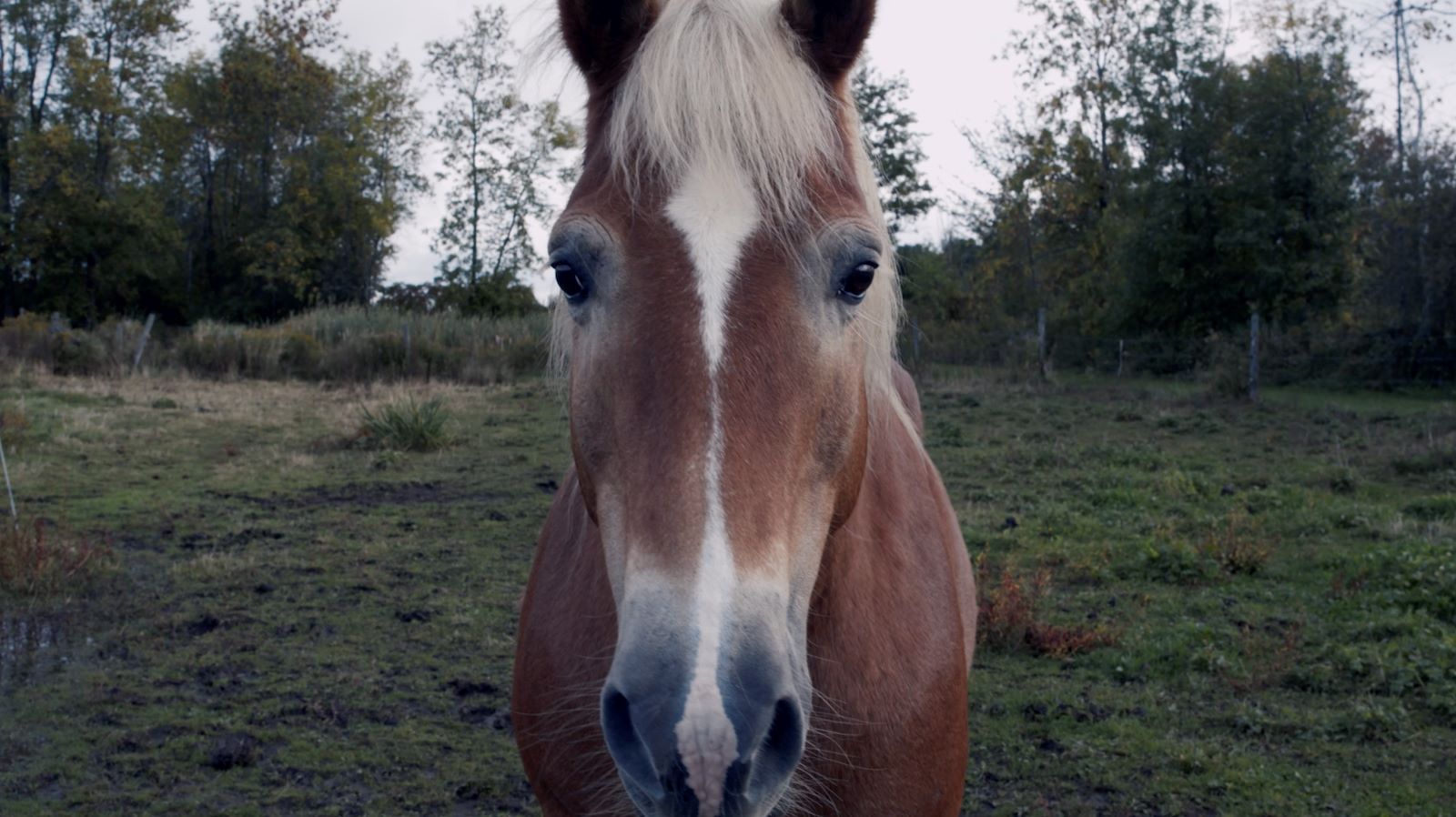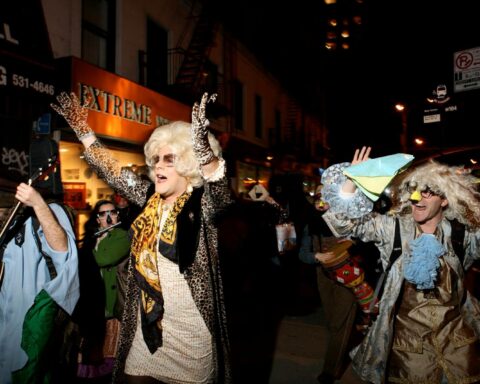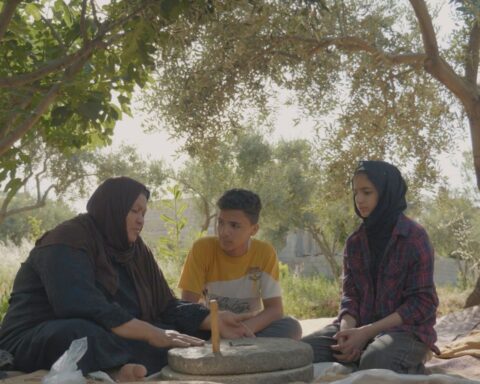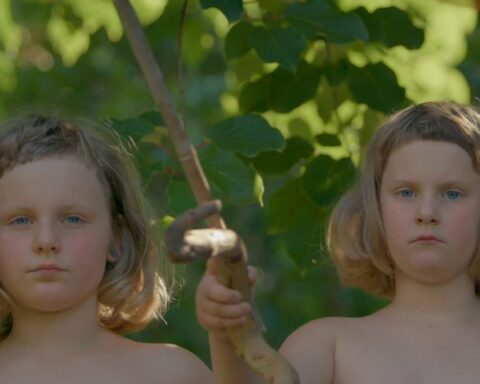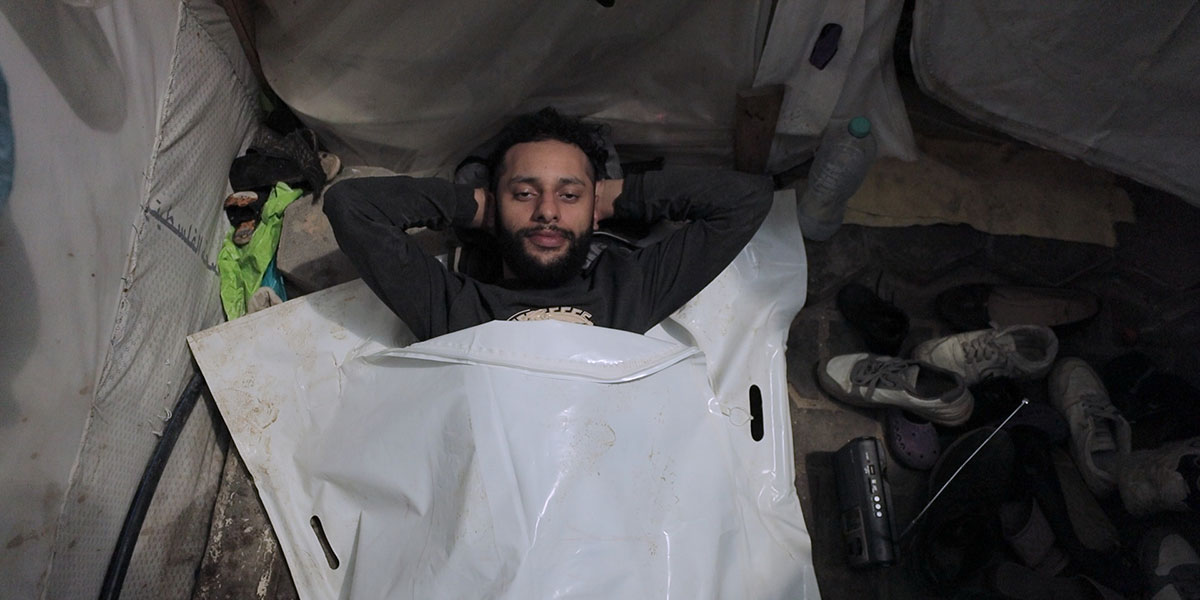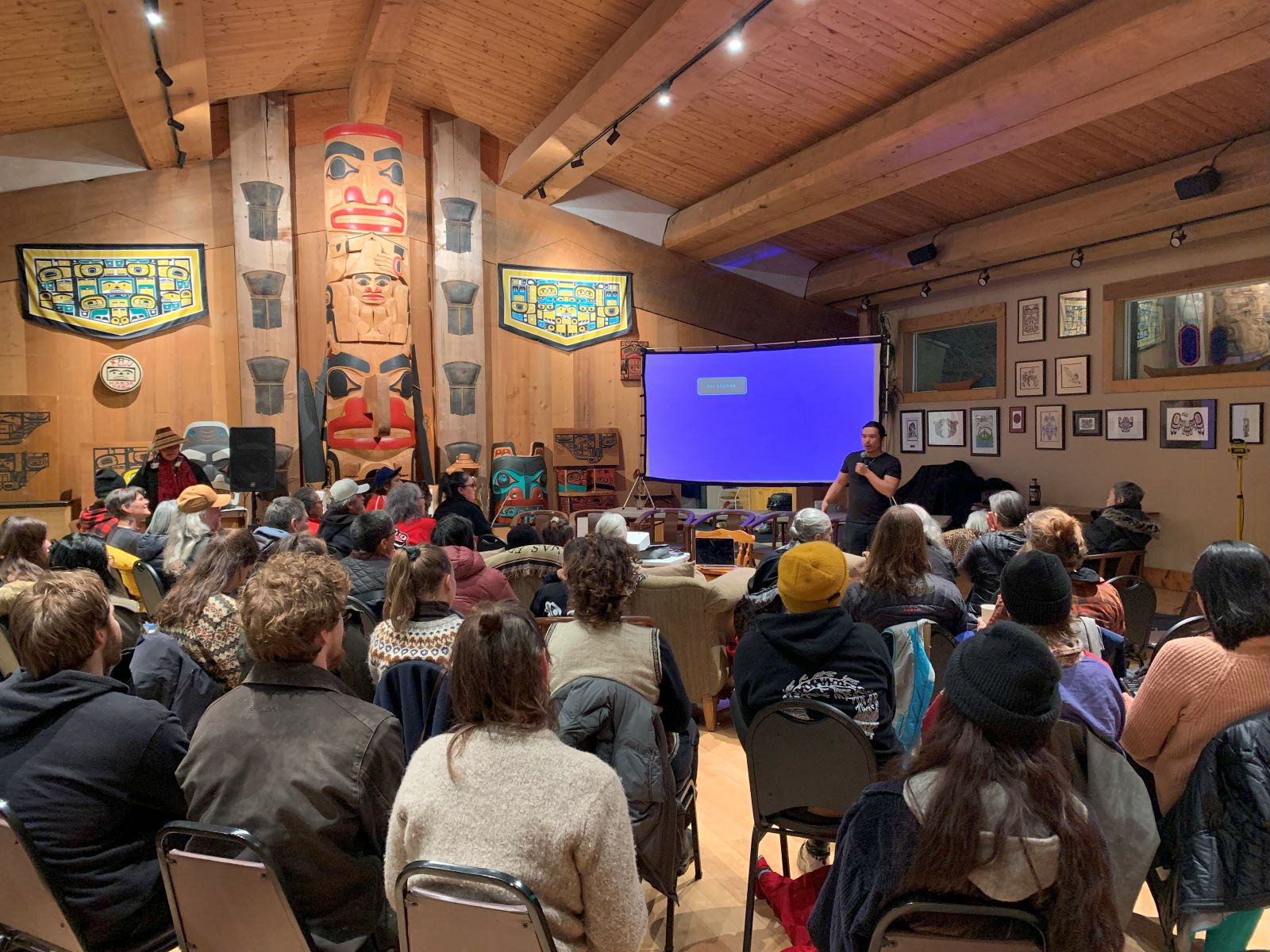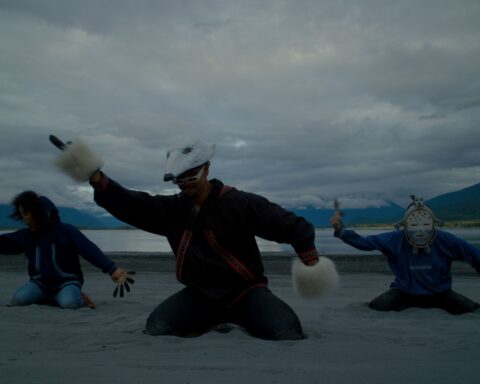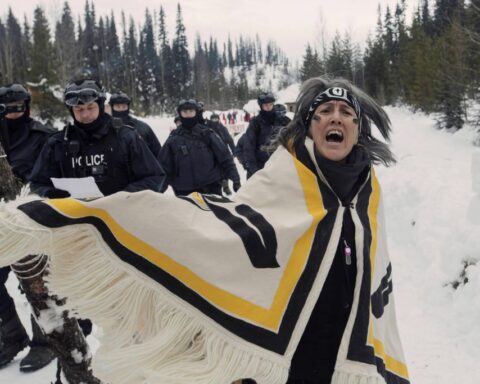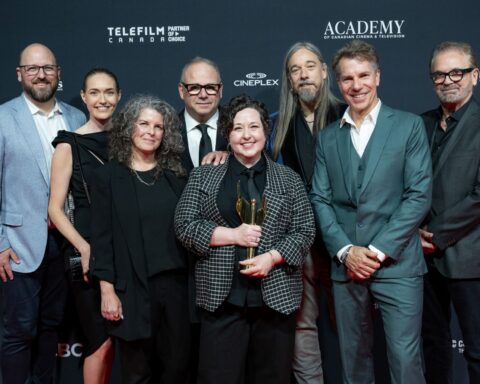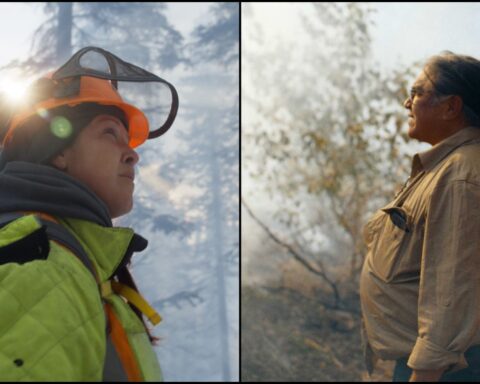The Cavalry
Dir. Alina Orlov
(Canada/US/Israel, 2024)
As the dead so I come
to the city I am of.
Am without…
Solmaz Sharif, The End of Exile (2022)
Earlier this year, Maya Wind’s bracing study of Israel’s universities Towers of Ivory and Steel posed the question: Is there no moment of the state that has not been touched, deformed even, by apartheid? Filmmaker Alina Orlov returns to this question by attaching herself to “7,” a horse employed by the Israeli police force. We watch 7’s training sessions intercut with fantastically re-coloured historical fragments that offer a capsule history of the way horses have been used to dispossess Palestinians from their homes and land. These historical wounds punctuate the movie, rupturing the smooth digital present.
The Cavalry opens with a complex collage of fragments: ghost horses and riders appear in a colour array, their transparent silhouettes admitting herds they struggle to contain. Each kaleidoscopic fragment appears like an image made by a horse. They might recall the ape Red Peter addressing scientists about his attempts to fit into the human race in Kafka’s 1917 short story “Report to an Academy.” The foundation of every liberation movement: to give voice to the voiceless. But how to give voice to the voiceless when they don’t speak?
In a wide shot of the West Bank, we see a clutter of apartment blocks, and in their midst a single opening where a horse races from one wall to another, trying to outpace its boundaries, the frame that has become their life. This citizen is spoken by their frame, just as we are spoken by language. Their gestures and attitudes have been shaped by this enclosure, which appears as an image of body, border and nation.
Like the citizen of any state, 7 undergoes training sessions in order to learn obedience, just as we learn to dress like others, to enjoy corporate music and entertainment, to respond to voice prompts and to an unending work ethic. All but one of the 70 police horses are male because females are considered too independent.
As the Olympic spectacle this summer underlined once more, no state is immune to projecting images of its strength and character into the bodies of its chosen citizens. And of course, every state has identified itself with an official totem animal. But it is rare to find state symbols in the underclass, where views from below illuminate the cost of power, the frames that separate the chosen people from the unchosen, living from dead.
The Cavalry is currently screening at festivals.




